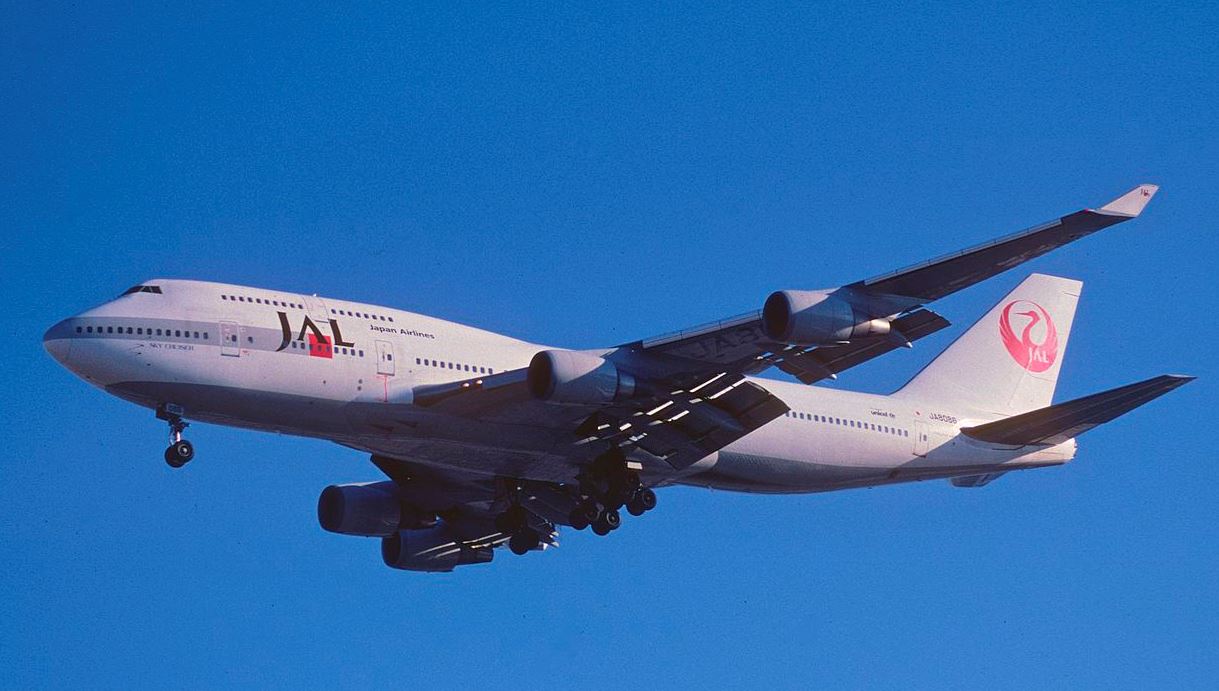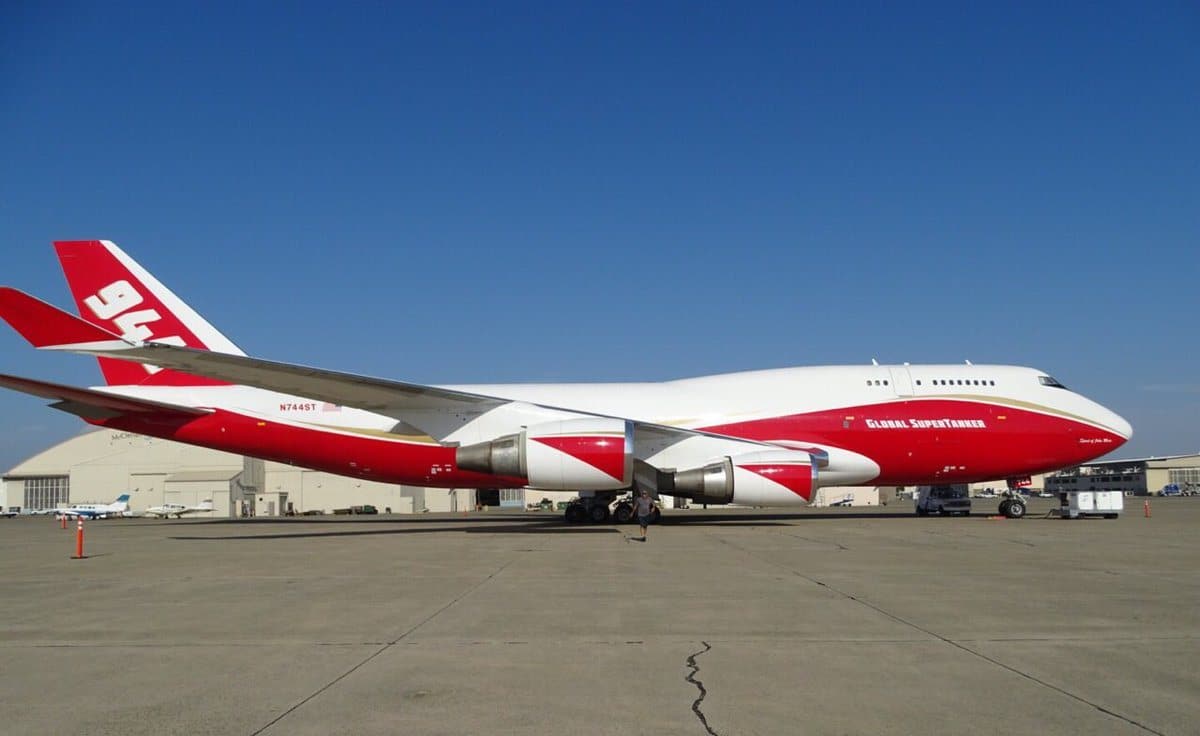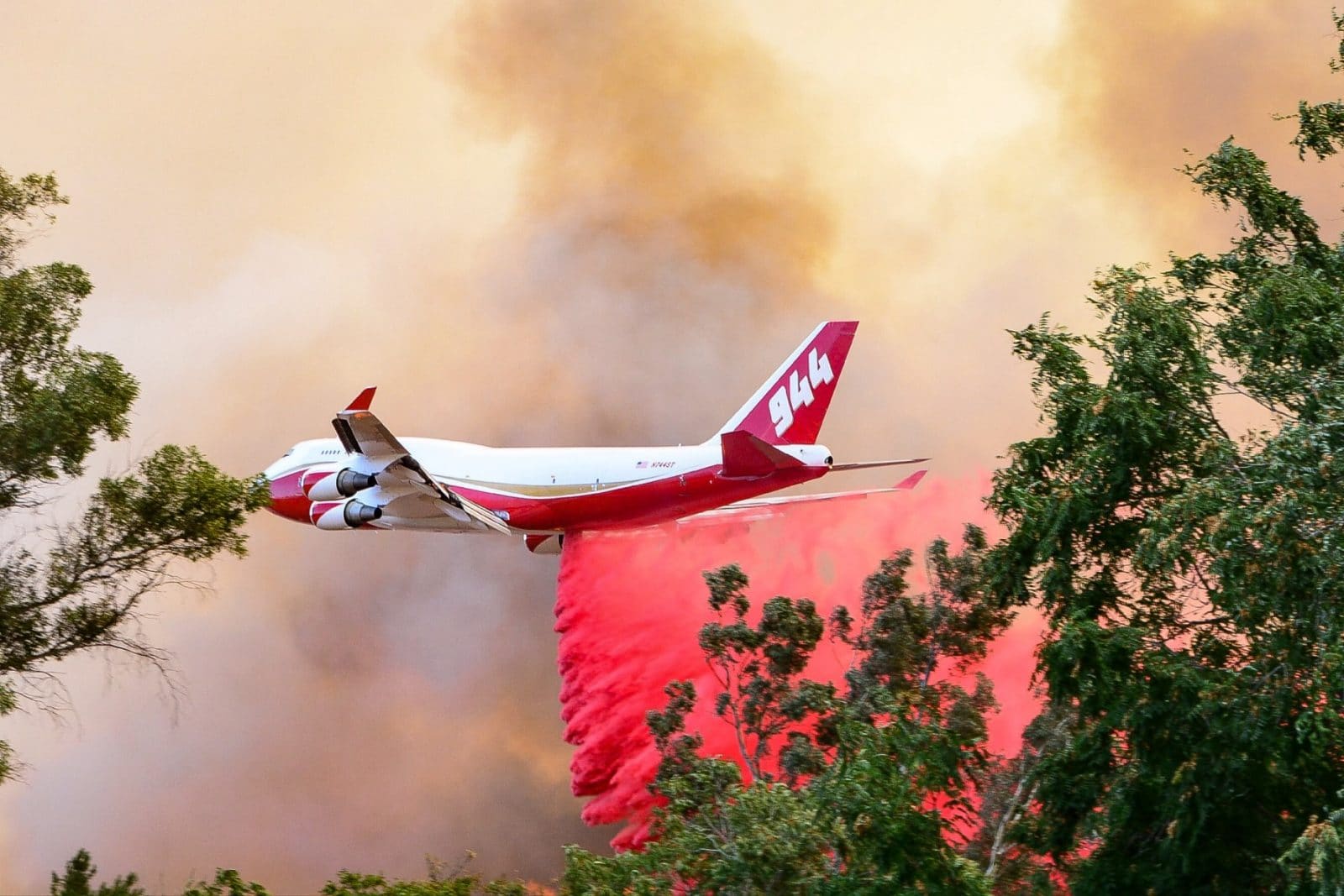The Guys Who Fly This Behemoth Call It The World’s Largest Super Soaker
The development effort around the very large aerial tanker (VLAT) 747 Global Super Tanker (GST) began in 200 after two aerial firefighting tankers were lost a month apart. The Lockheed C-130A Hercules airlifter (tanker #130- registered as N130HP) experienced a catastrophic failure of the wing center section which caused the aircraft to roll inverted and crashed killing all three crew members on board near Walker in California. The World War II-vintage former Navy Consolidated P4Y-2 Privateer patrol bomber Bureau Number (BuNo) 66260 (tanker #123- registered as N7620C) experienced a failure of the left side wing spar next to the fuselage, causing the wing to separate from the aircraft and initiating a fuel fire. The aircraft crashed near Estes Park in Colorado killing both crew members on board. These mishaps prompted calls for newer and better aerial firefighting tankers and better maintenance of existing airframes.

Bird Strike in the Orient
The 747 Global Super Tanker (now tanker #944- registration N744ST) began its life as a Boeing 747-446/BCF (CN25308/885) with Japan Airlines registered as JA8086 in 1991. On March 14th 2009 the aircraft was forced to divert to Shangahi Pu Dong (PVG) airport after taking off from Shanghai Hongqiao (SHA) bound for Tokyo Haneda (HND) as JAL flight 8878. Upon landing it was discovered that one of the engines had ingested a bird. After flying for another year with JAL, JA8086 was retired and later acquired by Evergreen International Aviation.

Parked at Pinal Airpark
Evergreen registered the aircraft as N492EV and operated the jet between 2012 and 2013 as tanker #947. The aircraft was the first-400 series aerial firefighting tanker. When Evergreen went bankrupt in December of 2013, N492EV was stored at Pinal Airpark in Marana Arizona. The airframe languished there until 2016, when Global Supertanker Services LLC (GSS) acquired the aircraft and installed the tank and spraying system from a previous 747 tanker in the aircraft.

Super Soaker Indeed
Now known as tanker #944, registered as N744ST and named The Spirit of John Muir, the 747 GST is equipped with a pressurized liquid drop system, which can disperse up to 19,200 gallons of retardant under high pressure in one drop or segmented drops or drop retardant at the speed of falling rain. Using the pressurized system, the aircraft can deliver retardant from altitudes as low as 400 feet and as high as 800 feet while flying a slow as 160 miles per hour. The retardant is dropped via four large diameter ports located on the fuselage centerline just aft of the wing trailing edge.

A True Multi-Mission Tanker
Other capabilities of the 747 GST include variable retardant coverage levels ranging from CL-2 to CL-8, the ability to land with a full load of retardant, and the ability to disperse fire retardant, firefighting foam, gel, or plain old dihydrogen monoxide. The 747 GST is the only VLAT approved by the USDA for oil spill remediation. A standard firefighting mission fuel load provides up to four hours of endurance, while ground reloading time is only 30 minutes. The 747 GST requires a runway no less than 8,000 feet. The aircraft is usually based out of Sacramento McClellan Airport- the former McClellan Air Force Base. The 747 GST has deployed as far away as Israel and Chile.
This video introducing the 747 GST was uploaded to YouTube by CBS News
[youtube id=”a3AWMGQ5ot0″ width=”800″ height=”454″ position=”left”]
This video highlighting the 2017 aerial tanker ops out of McClellan was uploaded to YouTube byAIRBOYD
[youtube id=”fb41O0n6uAQ” width=”800″ height=”454″ position=”left”]
This video of the 747 GST dropping retardant was uploaded to YouTube by WorldRadio559
[youtube id=”eWuMUU8rTH8″ width=”800″ height=”454″ position=”left”]
